Degenerative scoliosis is an abnormal sideward curve in the lower back that develops as an end result of age related degeneration of multiple segments in the lumbar spine. So, all those with a degenerative scoliosis are usually in the elderly age group.
The degenerative curve develops due to asymmetrical/ unequal wear and tear changes in the discs of lumbar spine, leading to bending and rotation of the spine to one side. Sometimes, the scoliosis (sideward curve in the spine) might have existed from childhood and the degenerative changes in the older age lead to worsening of the curve and start off the symptoms. The curve tends to progress with time and symptoms worsen accordingly.
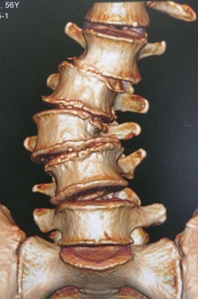
The abnormal curve can exist without causing much symptoms for many years but many of them develop low back pain. Pain radiating to the legs, associated with numbness or tingling sensations is also a common symptom; usually more on one side; due to nerve root compression. Spinal canal narrowing at multiple levels can cause diffuse neurological symptoms in the lower limbs, especially while walking or standing for a while.
Significant loss of spinal balance leads to an obvious list to one side and a forward stoop. These symptoms essentially lead to painful limitation of daily living activities and lead to further problems of muscle wasting, loss of endurance and may lead to depression in some.
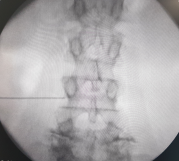
Treatment depends on the severity and nature of symptoms, spinal balance, limitation of daily living activities and the findings on the X-rays and the MRI of the spine. Medication for pain control, physiotherapy and exercises are helpful in most of the patients. Some patients may be advised injections to the spine for relieving back or leg pain. Injections give a temporary relief and help in starting the exercises and reduce the need for pain medication. Sometimes the injections are used as a test to decipher the pain generator or the segment that is predominantly responsible for the symptoms.
Surgical treatment is necessary in some of the patients with degenerative scoliosis with severe symptoms, loss of spinal balance and restricted lifestyle due to back or leg pain. Surgery may range from a single level decompression of nerve roots to a multiple level fixation and fusion of the spine with implants to correct the deformity and improve the spinal balance.
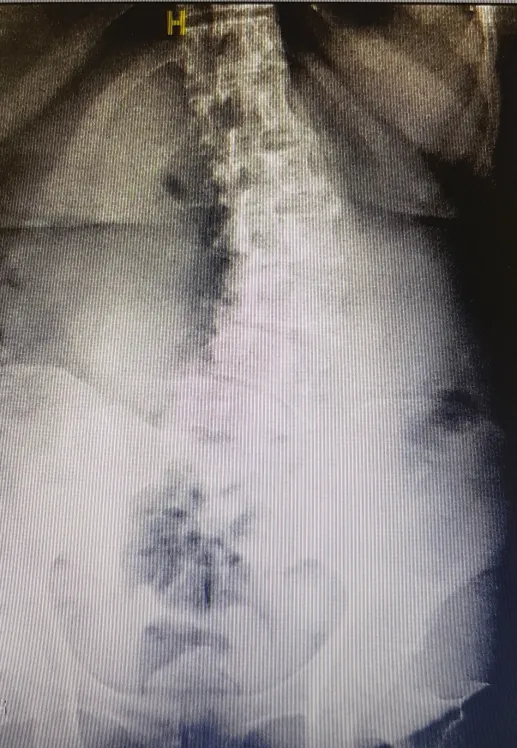
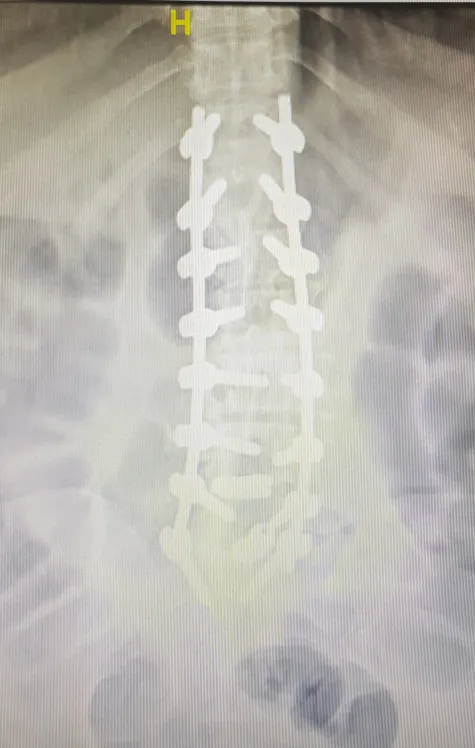
Multiple level degenerative scoliosis surgery is associated with significant risk of various complications and the decision needs to be made after thorough evaluation of the patient and a clear discussion of pros and cons with a team including spine surgeons, anaesthetists, intensive care unit. Physiotherapy and rehabilitation plays a very important role in pre-operative preparation as well as post-operative recovery in improving the functional abilities of the patient.
Minimally invasive surgical techniques for degenerative scoliosis surgery have helped in reducing the blood loss and muscle damage as compared to open surgery and help in faster recovery in the immediate post-operative period.
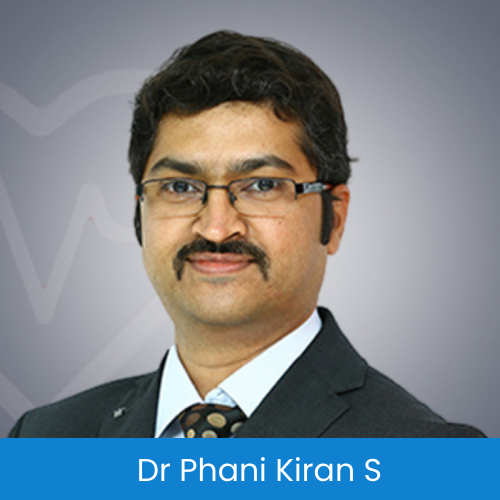
With years of experience in spine surgery, Dr Phani Kiran S, Senior Consultant Spine Surgeon will assess you and suggest the treatment option that is right for you.
We at Medspine clinics, understand the importance of educating all our patients about the spinal problems and the most effective ways to take care of their spine.
The Ortho Clinic: Monday, Wednesday, Friday, Saturday.
Ojas Health: Tuesday, Thursday
© Copyright 2024 MedSpine. All Rights Reserved. Build with 🤍 by Digital GYB
WhatsApp us